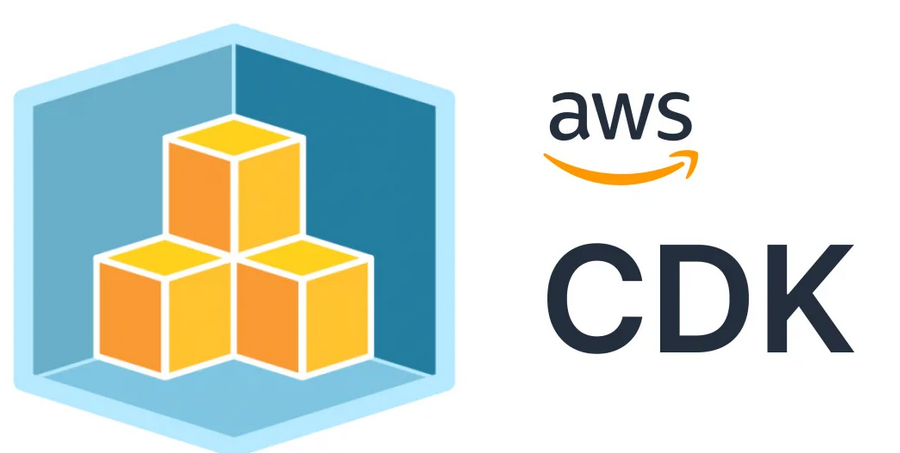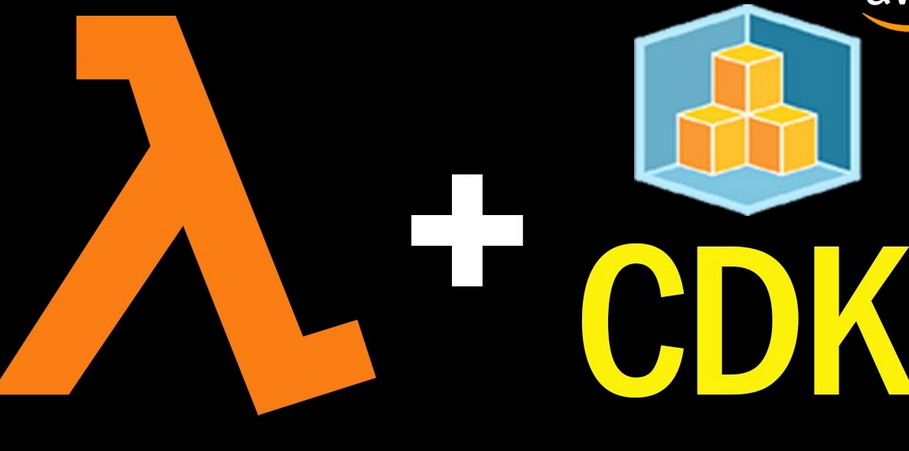Now, let’s learn about some generic best practices for effectively addressing the misconfigurations associated with identity and other security risks…
Category: Criticality-based classification

Best practices to mitigate network security misconfigurations – Major Configuration Risks-1
Mitigating network misconfigurations involves a combination of careful planning, implementation of security measures, and ongoing monitoring. Here is a comprehensive…

Identity misconfigurations – Major Configuration Risks
Identity and Access Management (IAM) misconfigurations are among the most critical issues to address for a hybrid multi-cloud environment. IAM…

Correlation – Major Configuration Risks
To establish a correlation, it can be stated that misconfigurations and vulnerabilities can create opportunities for malware to infiltrate and…

Malware – Major Configuration Risks
Malware is malicious software designed to infiltrate, damage, or compromise computer systems. It can affect virtual machines, containers, or cloud…

Workload misconfigurations overview – Major Configuration Risks
Major configuration risk refers to vulnerabilities or weaknesses in the configuration of cloud resources that could lead to the unintentional…

Best practices for effectively using CSPM dashboards – Reviewing CSPM Dashboards
Effectively using a CSPM dashboard is crucial for maintaining a robust security posture and ensuring compliance in your cloud environment.…

Exporting dashboards – Reviewing CSPM Dashboards
Exporting CSPM dashboards to external reporting tools is a valuable feature that allows organizations to integrate their CSPM data with…

Custom dashboards – Reviewing CSPM Dashboards
A custom dashboard is a feature offered by every CSPM tool that enables users to create personalized and tailor-made dashboards…

Alerts and incident dashboards – Reviewing CSPM Dashboards
An alert and incident dashboard is a crucial component that helps organizations monitor, manage, and respond to security alerts and…
